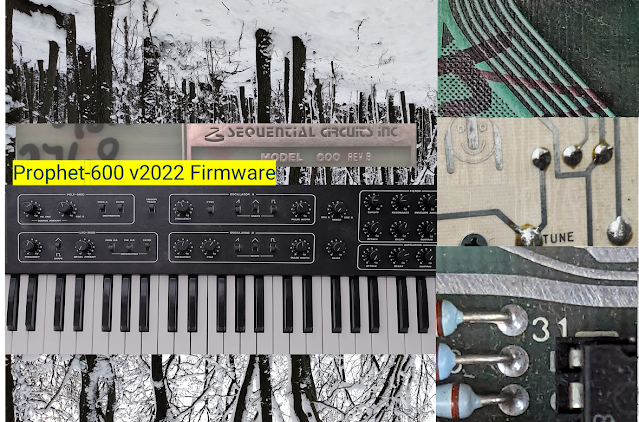New firmware provides simpler parameter menu organization
The GliGli upgraded firmware uses a patch parameter menu based on the number pad for changing things like vibrato, additional LFO options, envelope shapes etc. Most users find menu diving a nuisance. Since there are more than 10 parameters in the firmware upgrade and only 10 number buttons (0...9) the firmware even needed two "pages" of parameters. A double press of each number accesses an additional parameter. What's more, the location of parameters on the number pad was not completely systematic, e.g. pressing "2" would access the Vibrato Speed, but pressing "2" twice was accessing the LFO Range. A cheat sheet from Synthgraphics (list of parameters and their location) does help, as does the fact that the parameter name is scrolled through the display. Overall, not ideal but still not something one can't live with.


Comments
Post a Comment